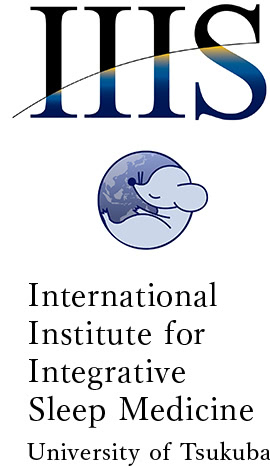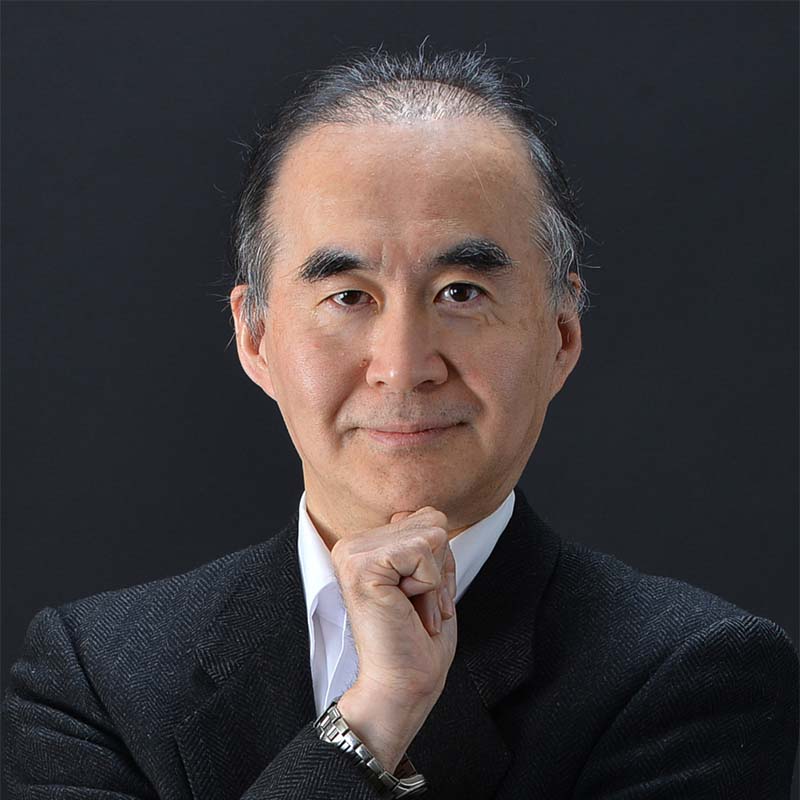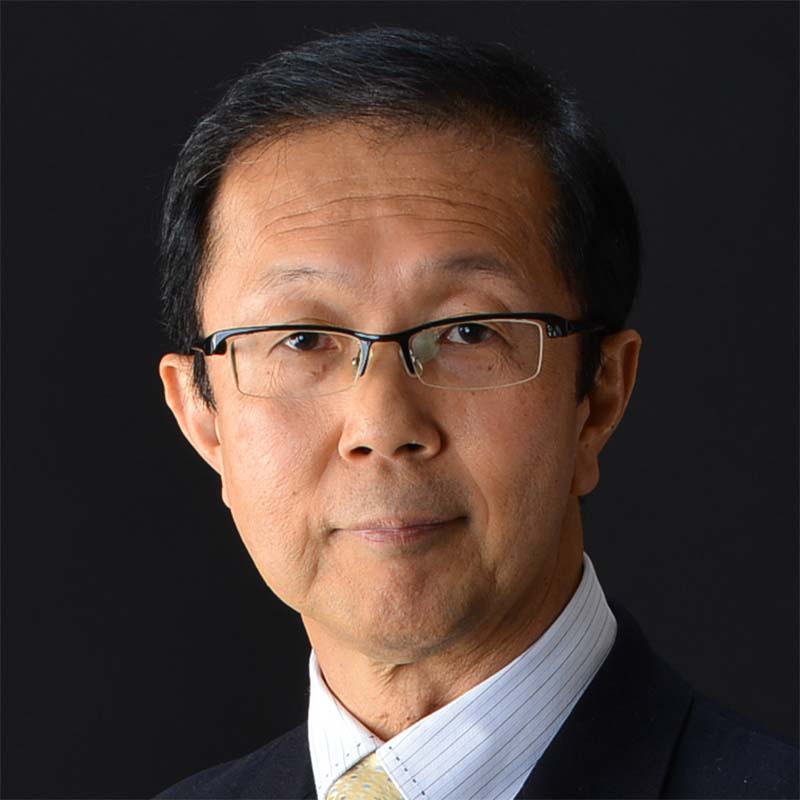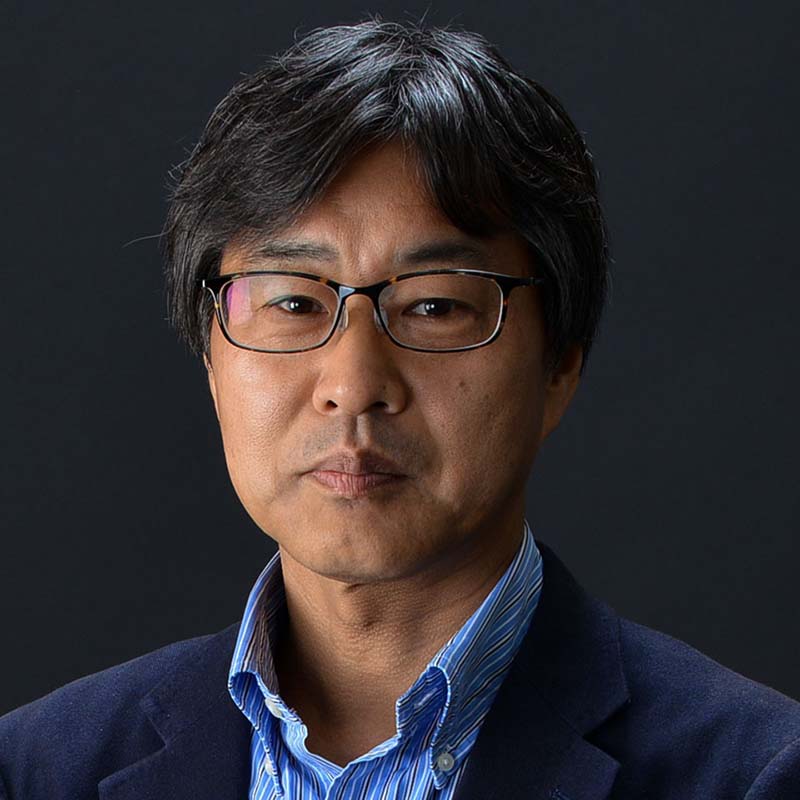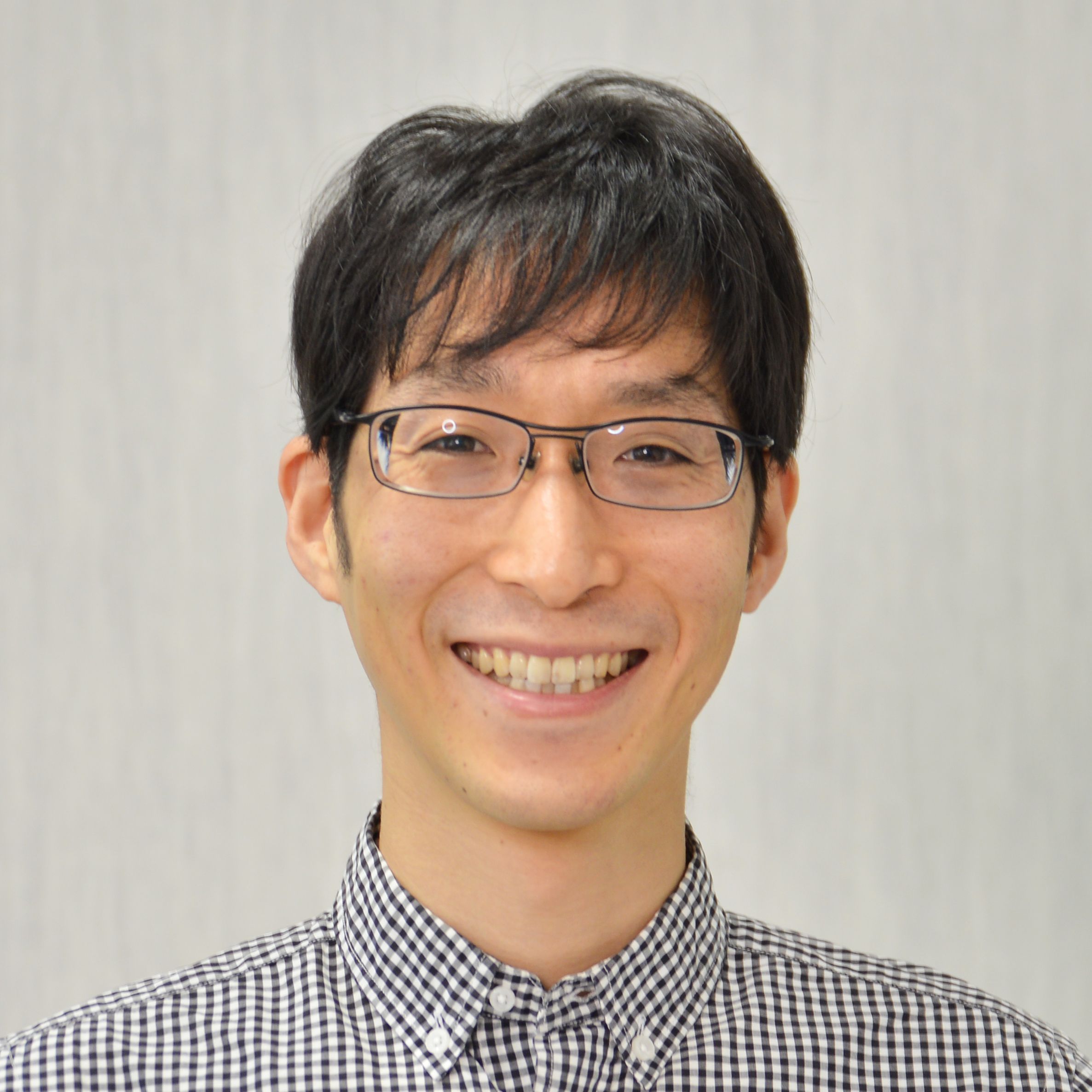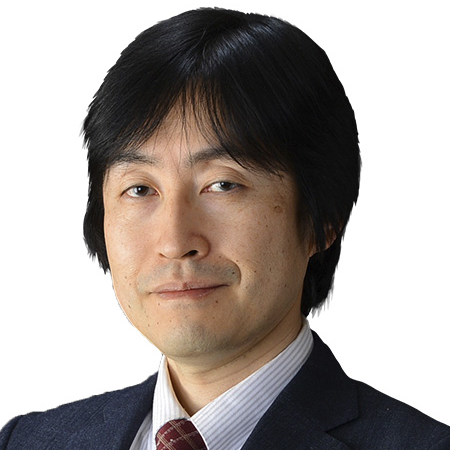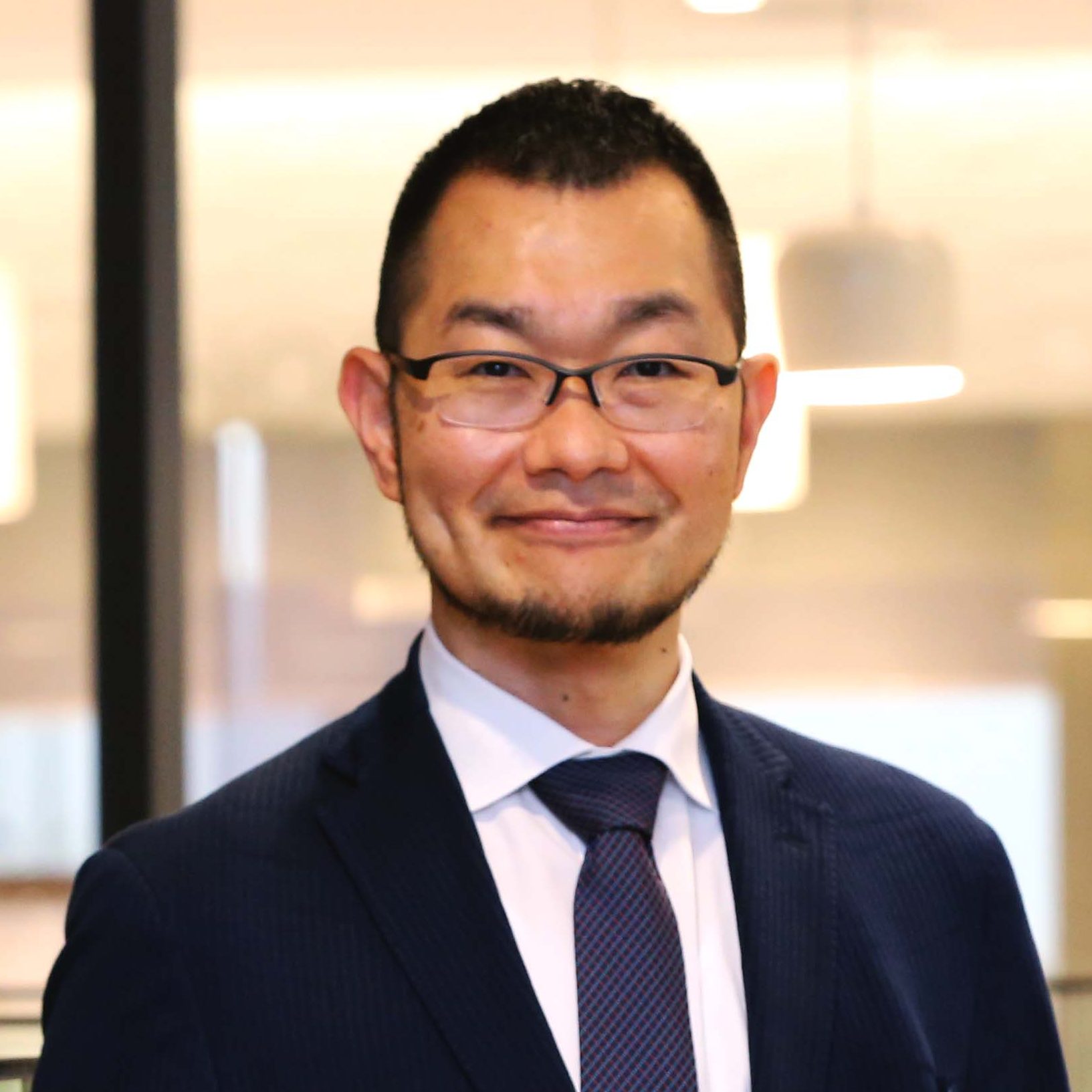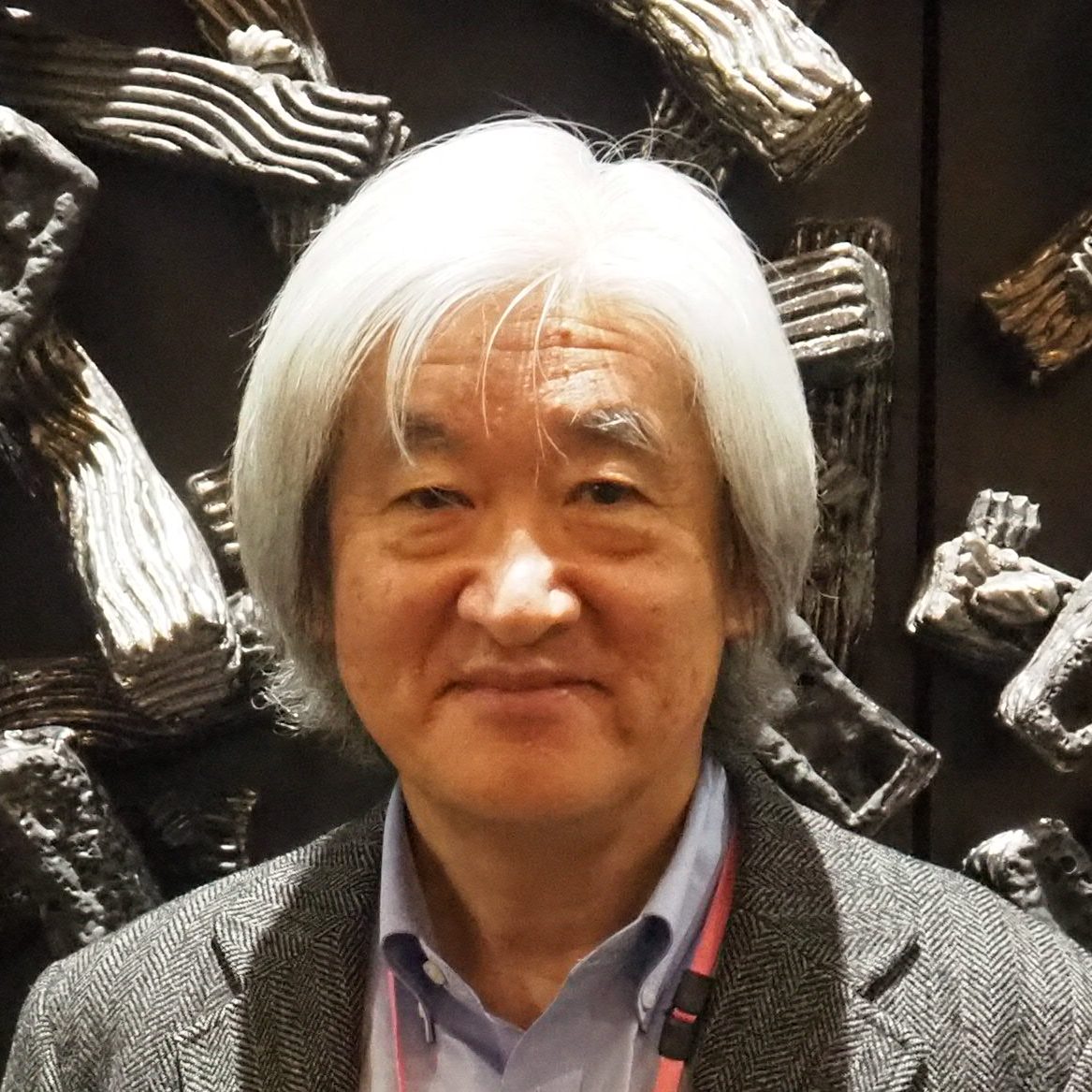01 Research Summary
Saito group aims at creating innovative molecules contributing to biomedical sciences. G proteincoupled receptors (GPCR) have diverse biological activities, and approx. 30% of pharmaceuticals target GPCRs. We are engaged in the development of innovative drugs through drug discovery research targeting GPCRs such as orexin and opioid receptors associated with sleep-wake disorders, pain, and psychiatric disorders. We are also developing chemical tools such as “Chemical probes for visualizing biological functions” and “Opto-pharmacological probes freely controlling the activity of drugs” by combining our proprietary drug molecules and chemical reactions with the latest biological techniques.
| Link |
|---|
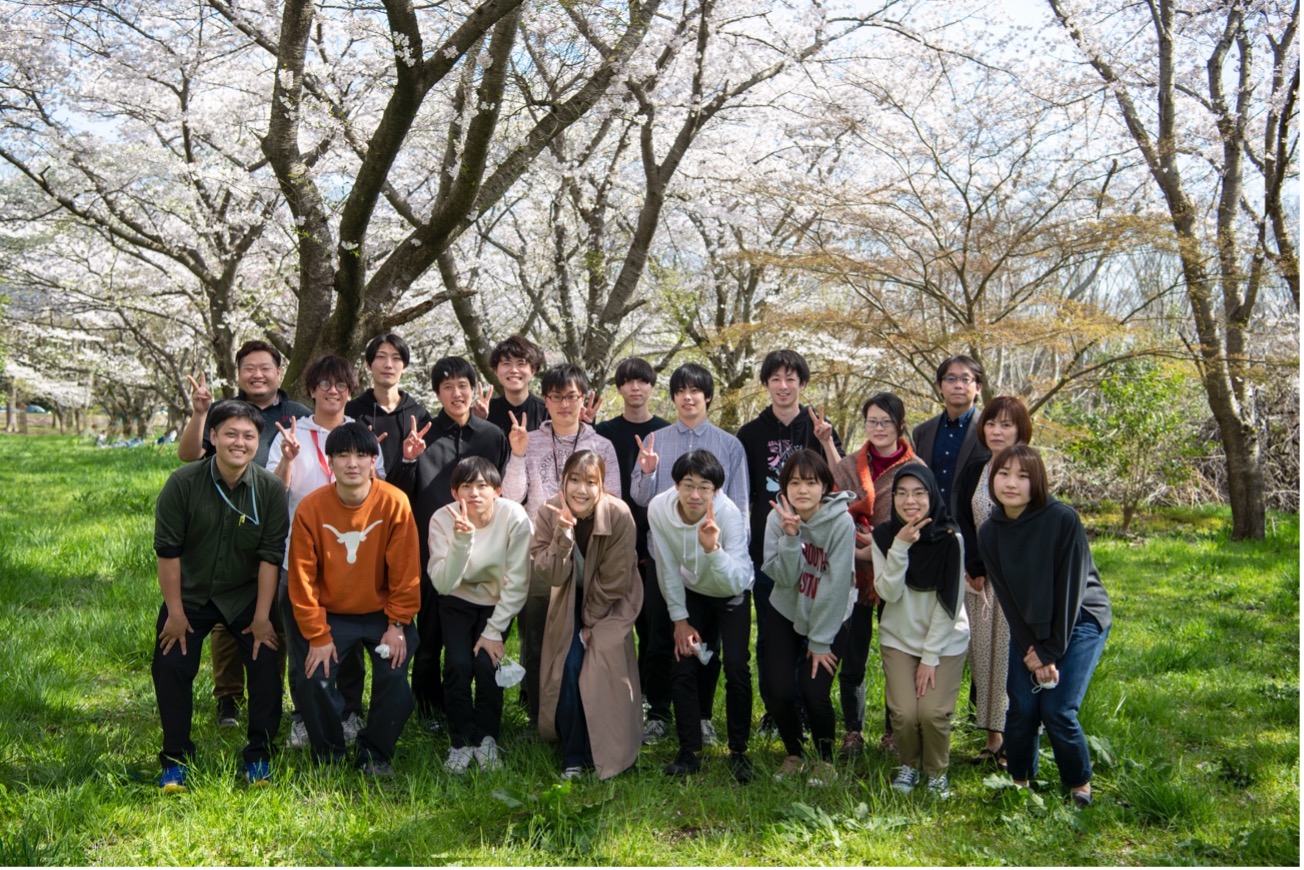
Kutsumura/Saito Laboratory
02 Major achievement
T. Saitoh, M. Amezawa, J. Horiuchi, Y. Nagumo, N. Yamamoto, N. Kutsumura, R. Oshita, A. Tokuda, Y. Irukayama-Tomobe, Y. Ogawa, Y. Ishikawa, E. Hasegawa, T. Sakurai, Y. Uchida, T. Sato, H. Gouda, R. Tanimura, M. Yanagisawa, H. Nagase “Discovery of novel orexin receptor antagonists using a 1,3,5-trioxazatriquinans bearing multiple effective residues (TriMER) library” European Journal of Medicinal Chemistry, 2022.
K. Iio,† T. Saitoh,† R. Oshita, T. Hino, M. Amezawa, Y. Takayama, Y. Nagumo, N. Yamamoto, N, Kutsumura, Y. Irukayama-Tomobe, Y. Ishikawa, R. Tanimura, Yanagisawa, H. Nagase “Discovery of Orexin 2 Receptor Selective and Dual Orexin Receptor Agonists based on the Tetralin Structure: Switching of Receptor Selectivity by Chirality on the Tetralin Ring” Bioorganic & Medicinal Chemistry Letters, 2022, 59, 128555. († co-first)
H. Hino,† T. Saitoh,† Y. Nagumo, N. Yamamoto, N, Kutsumura, Y. Irukayama-Tomobe, Y. Ishikawa, R. Tanimura, Yanagisawa, H. Nagase “Design and synthesis of novel orexin 2 receptor agonists based on naphthalene skeleton” Bioorganic & Medicinal Chemistry Letters, 2022, 59, 128350. († co-first)
T. Nagahara, T. Saitoh, N. Kutsumura, Y. Irukayama-Tomobe, Y. Ogawa, D. Kuroda, H. Gouda, H. Kumagai, H. Fujii, M. Yanagisawa, H. Nagase “Design and Synthesis of Non-Peptide, Selective Orexin Receptor 2 Agonists” Journal of Medicinal Chemistry, 2015, 58, 7931–7937.
02 Education/Academic background and major awards
Education/Academic background
| 1984 | Born in Ibaraki |
|---|---|
| 2007 | Bachelor of Science, Department of Chemistry, Keio University |
| 2012 | Ph.D., Graduate School of Science and Technology, Keio University |
| 2011 - 2013 | Assistant Professor, Department of Chemistry, Keio University |
| 2012 | Visiting Researcher, Johanes-Gutenberg University in Mainz |
| 2013 - 2023 | Assistant Professor, International Institute for Integrative Sleep Medicine, University of Tsukuba |
| 2022 - current | Principal Investigator, International Institute for Integrative Sleep Medicine, University of Tsukuba |
| 2023 - current | Associate Professor, International Institute for Integrative Sleep Medicine, University of Tsukuba |
Awards
| 2011 | Fujiwara Award, Keio University |
|---|---|
| 2013 | Progress Award of Organic Electrochemistry, The Electrochemical Society of Japan |
| 2015 | MCS award, 33rd Medicinal Chemistry Symposium, The Pharmaceutical Society of Japan |
| 2016 | CSJ Presentation Award 2016, The Chemical Society of Japan |
| 2017 | Highly Read Article of 2015 in Journal of Medicinal Chemistry |
| 2017 | Young Teacher Prize for Encouragement, University of Tsukuba |
| 2019 | Reaction Chemistry & Engineering poster prize at SelectBIO Flow Chemistry Asia 2019, Royal Society of Chemistry |
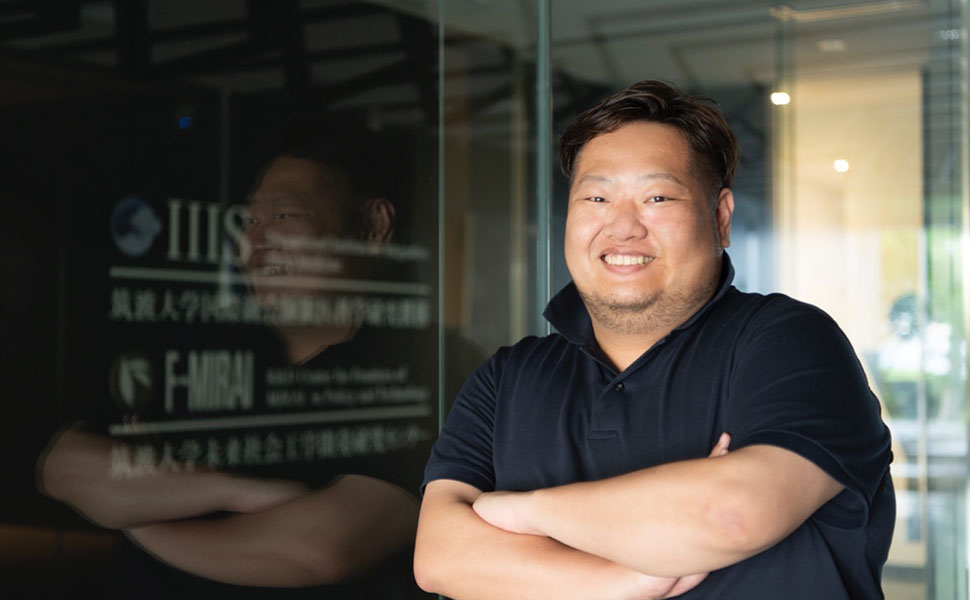
Why did you become a scientist?
My dream since I was a child.
I read many children's science books since childhood, and I developed a vague yearning to explore the wonders of the world. I enrolled in university to study post-genome research, which was growing at the time and wished to enter the bioscience department, which was highly competitive at the time. However, my "university life" was unexpectedly enjoyable, I was unfortunately assigned to the chemistry department. Fortunately, as I studied chemistry hard to avoid repeating a year, I was fascinated by the chemical phenomena in the nanoworld that dominate the real world, and I came to wish to conduct research on manipulating living organisms with chemistry. I was also interested in education because my parents worked in education, so I chose this carrier to pursue my dream with students at university.
What are the characteristics of your lab?
Create novel molecules that don't exist in the world with your own hands.
Chemistry is one of the few research fields in which you can create new molecules that don't exist in the world with your hands. Therefore, it is important to create new molecules that you come up with but not that someone has come up with or that already exist. In my laboratory, under the basic concept of "manipulating living systems with chemistry at will", I always wish my colleagues to conduct research with a free-thinking based on curiosity such as "I do want to make such molecules!". Free thinking requires solid knowledge/experience, a broad perspective, and enough mental space, so in addition to chemistry education, I actively set opportunities for communication not only inside of a group but also with researchers in different fields.
What are you most interested in lately?
My interests are Ramen and Beer.
Tsukuba area is famous for Ramen, and it is said that even if you went to a Ramen restaurant for 3 meals/365 days, it is impossible to conquer all the Ramen on the menu in Tsukuba. I have achieved to visit almost all ramen restaurants in the last decade, so my next goal is to conquer all ramen menus;) The other thing I like is beer. I hooked on beer when I lived in Germany, and I’ve been studying beer by drinking local ones when I visit foreign countries and local regions.
Core Group
-
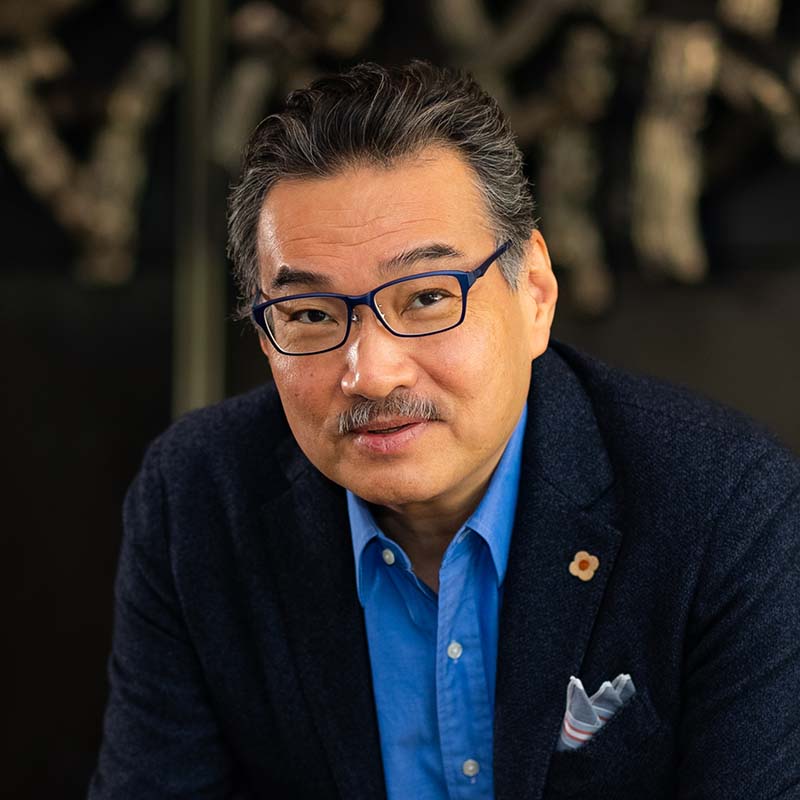
Neuroscience
Masashi Yanagisawa
-
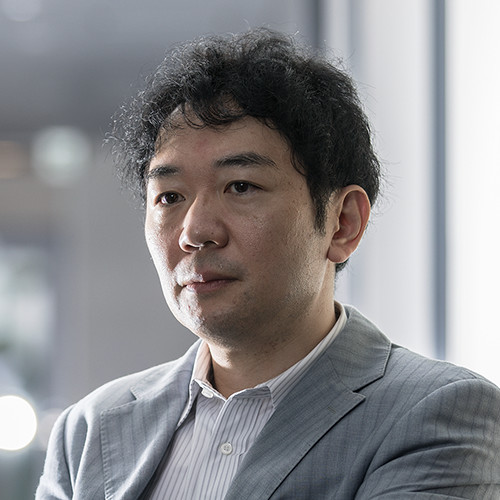
Neuroscience
Takeshi Sakurai
-
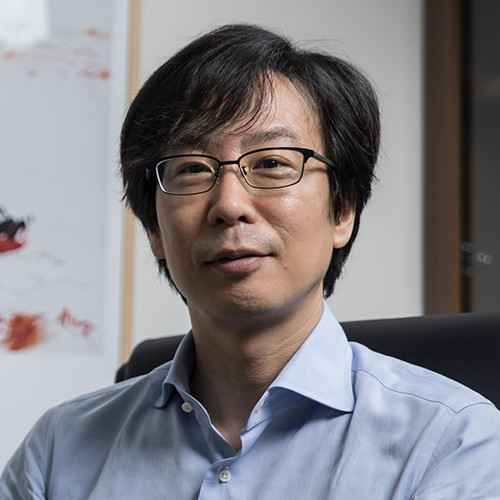
Neuroscience
Hiromasa Funato
-
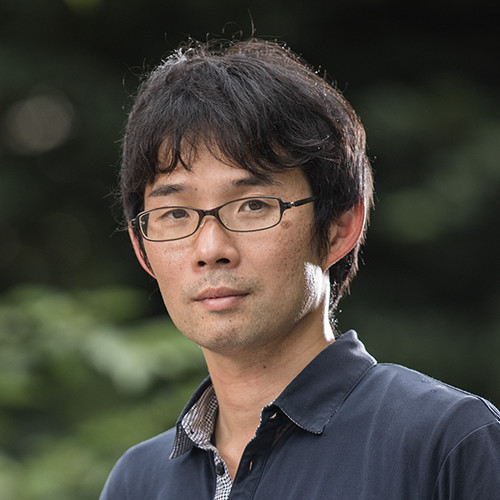
Neuroscience
Yu Hayashi
-
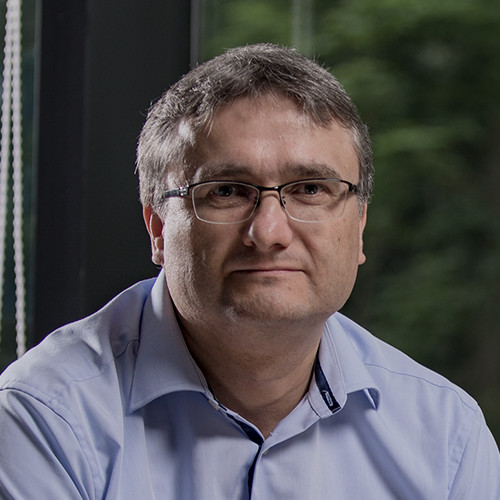
Neuroscience
Michael Lazarus
-
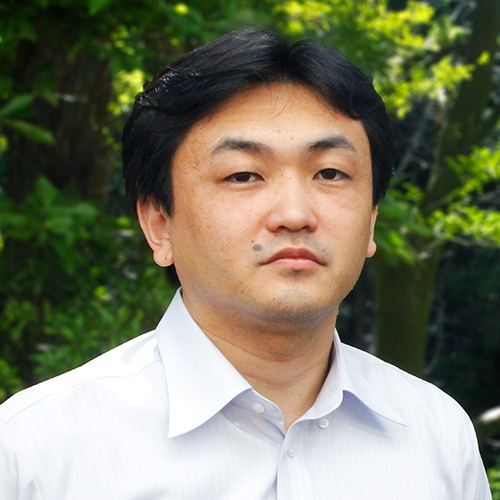
Neuroscience
Yo Oishi
-
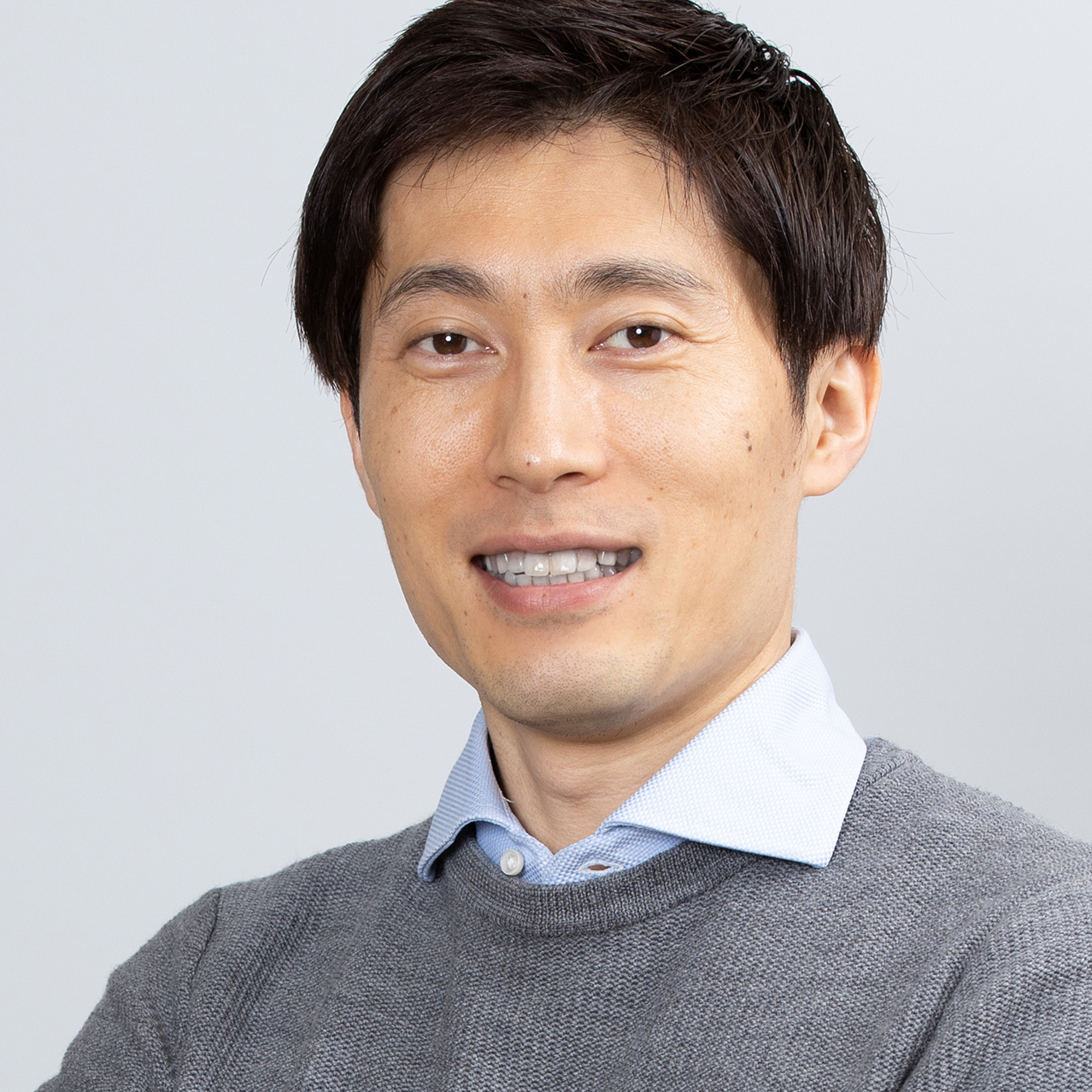
Neuroscience
Masanori Sakaguchi
-
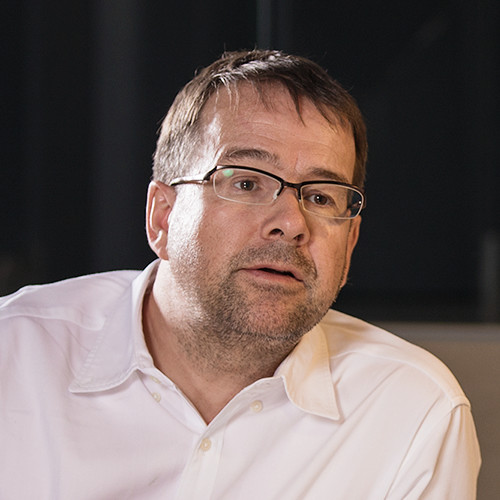
Neuroscience
Kaspar Vogt
-
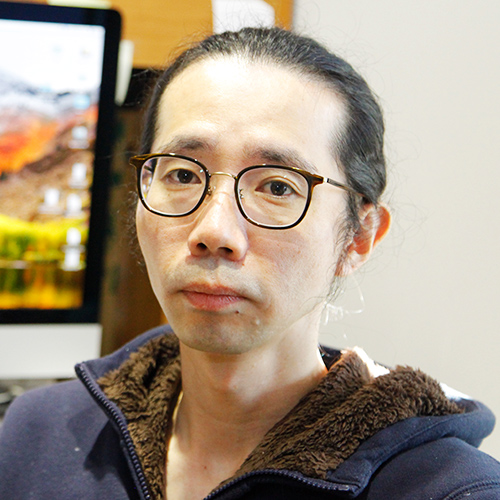
Neuroscience
Katsuyasu Sakurai
-
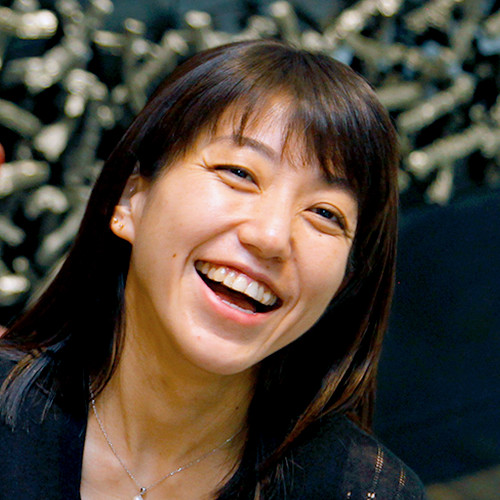
Neuroscience
Sakiko Honjoh
-
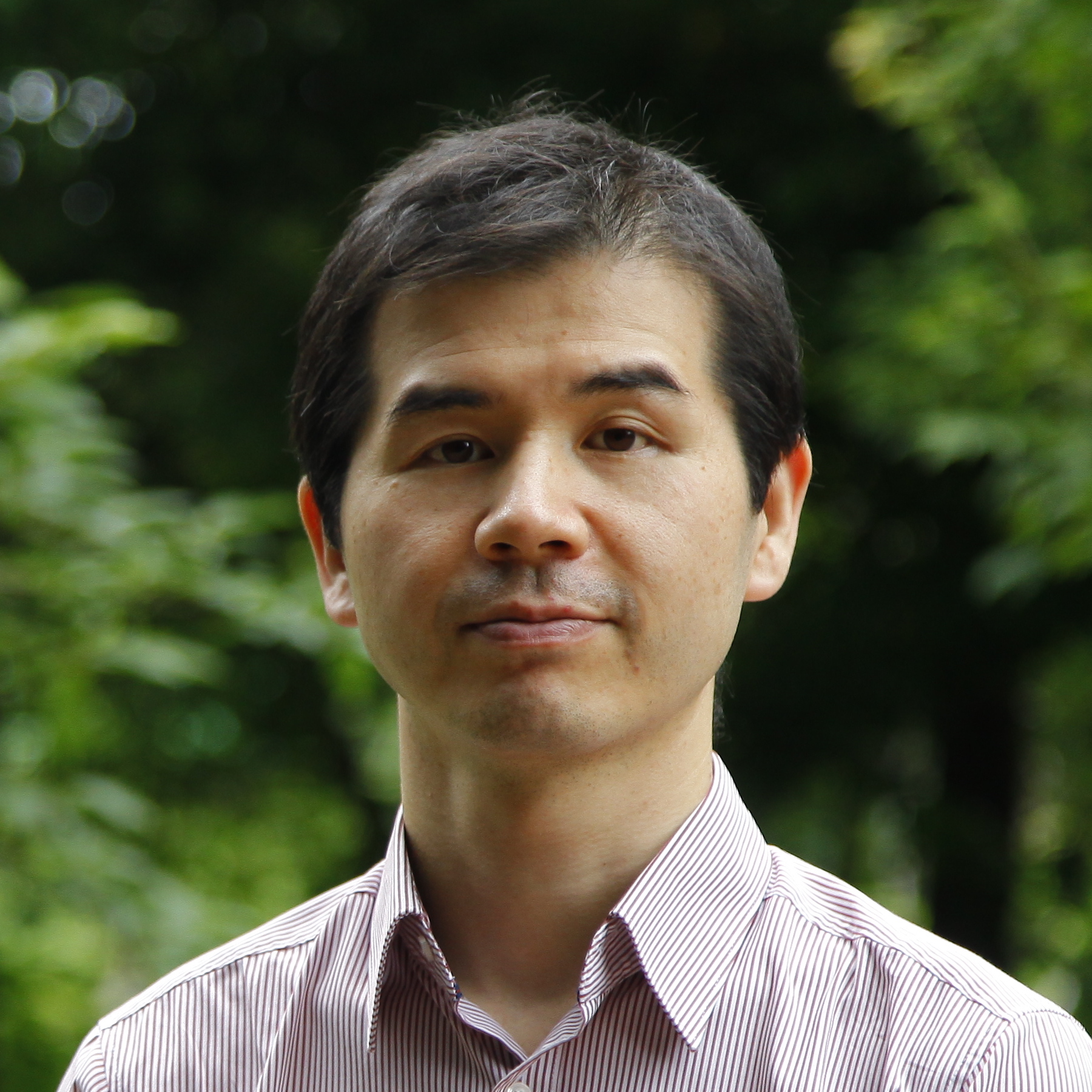
Neuroscience
Hirofumi Toda
-
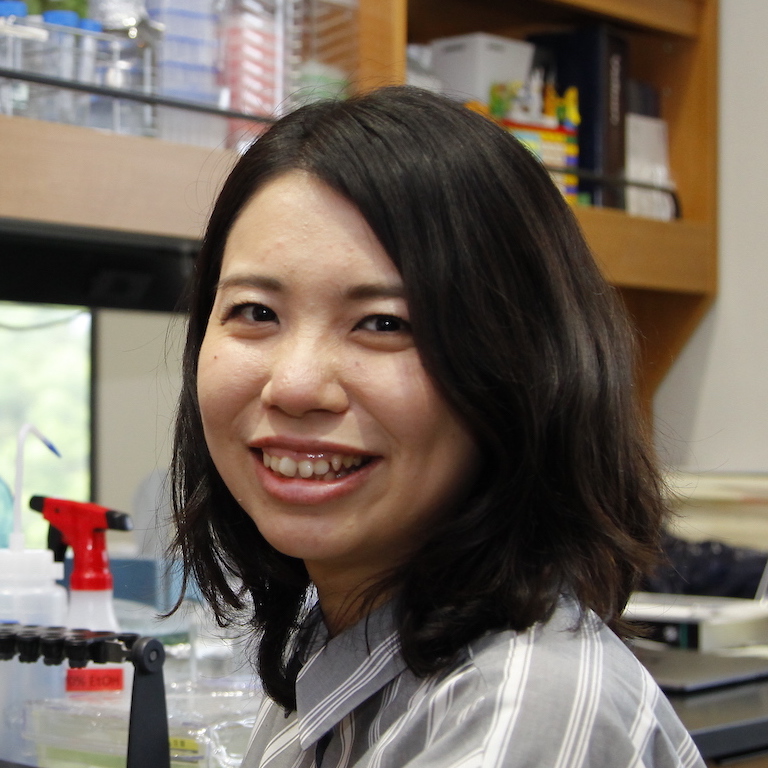
Neuroscience
Arisa Hirano
-
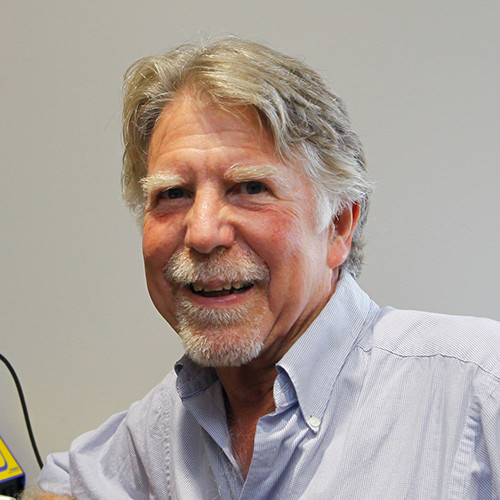
Neuroscience
Robert Greene
-
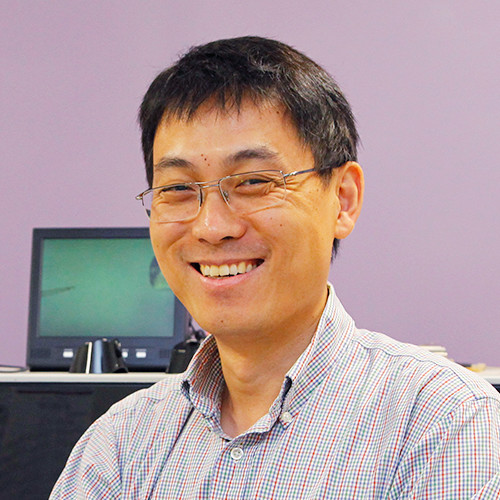
Neuroscience
Qinghua Liu
-
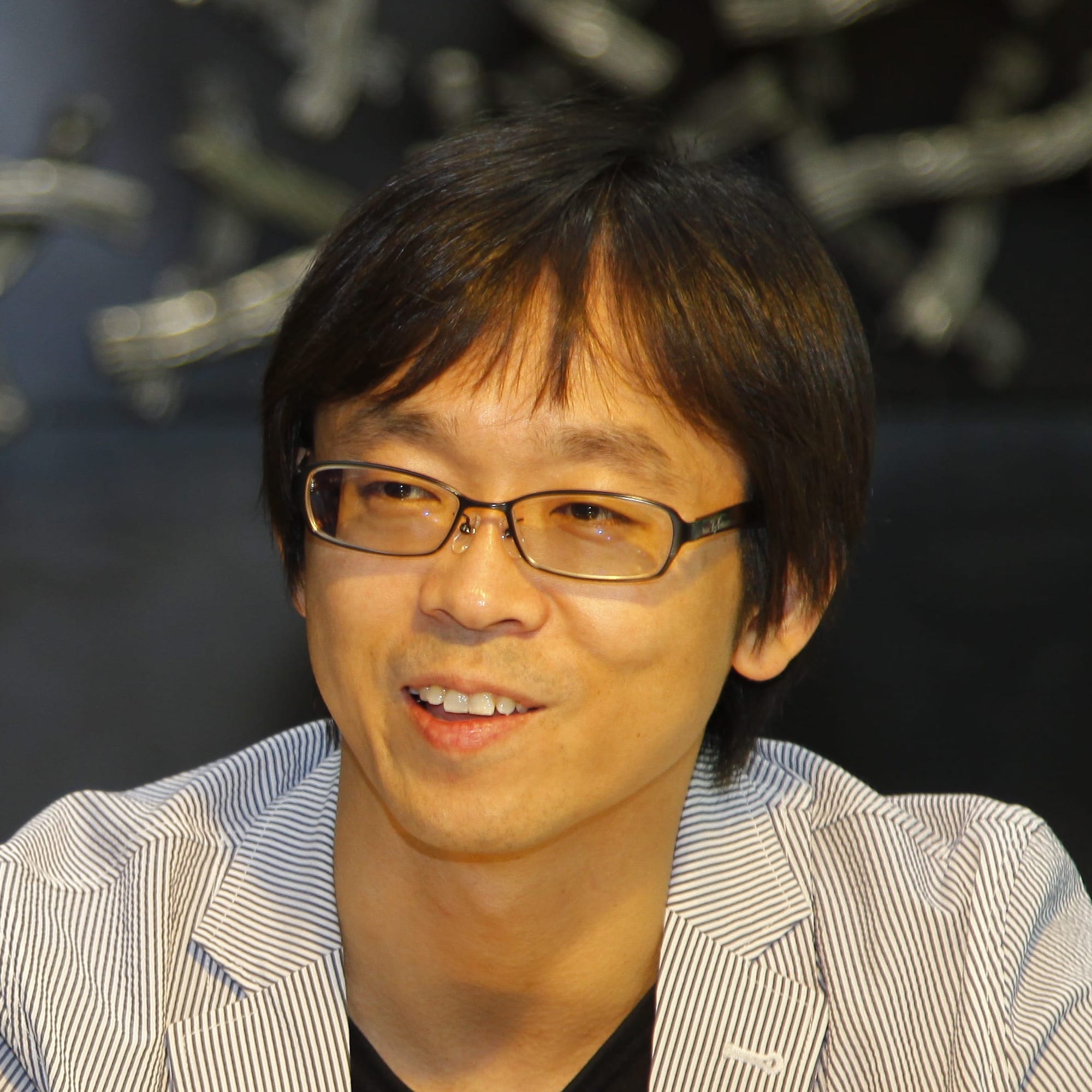
Drug discovery
Noriki Kutsumura
-
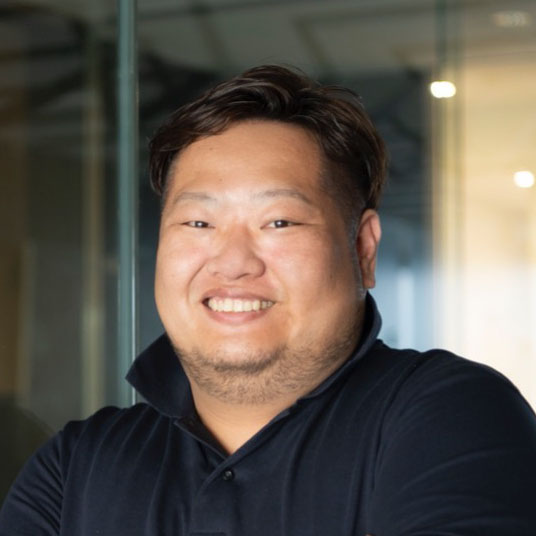
Drug discovery
Tsuyoshi Saitoh
-
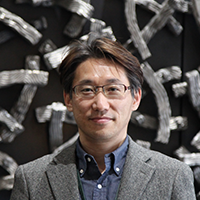
Human sleep
Tomohiro Okura
-
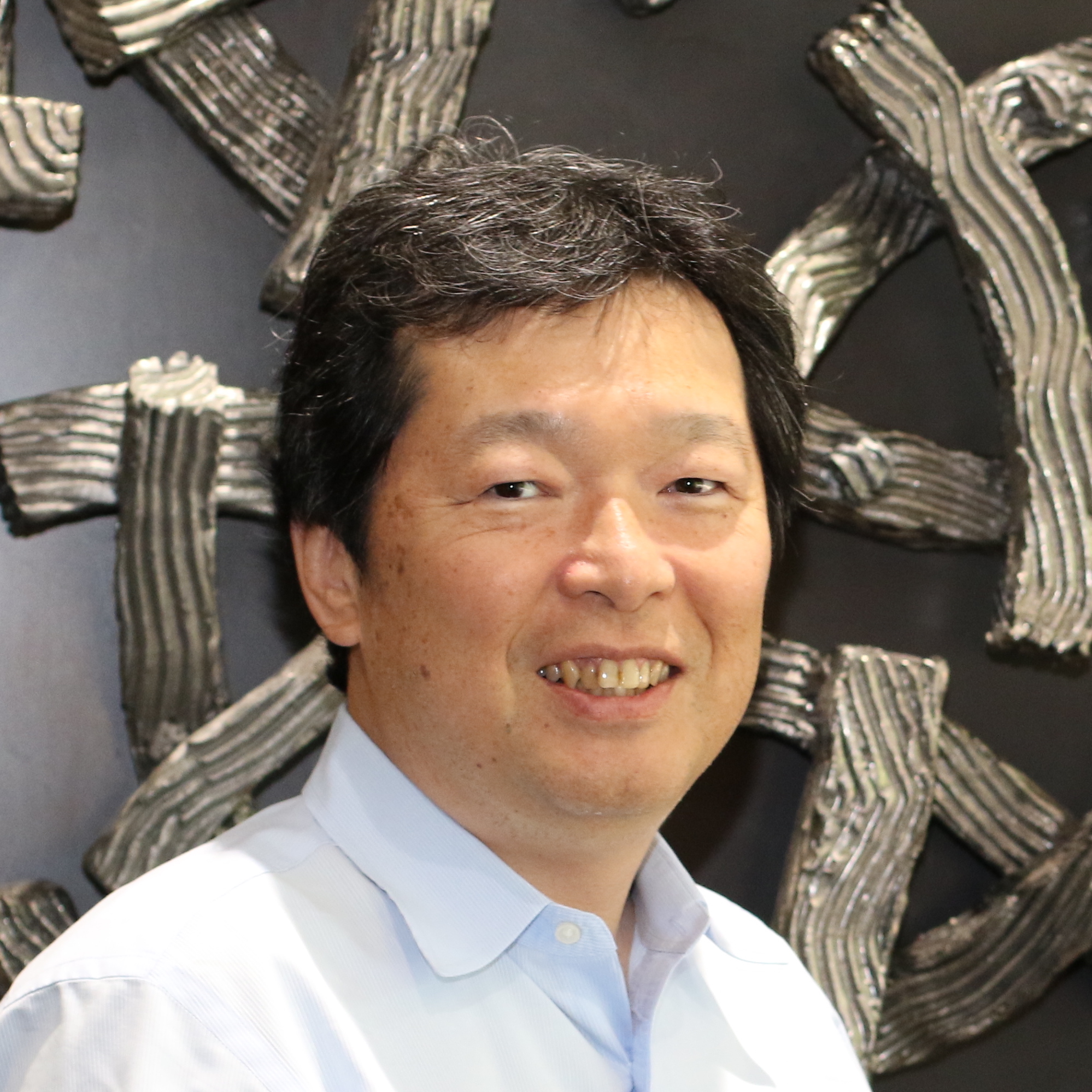
Human sleep
Takashi Kanbayashi
-
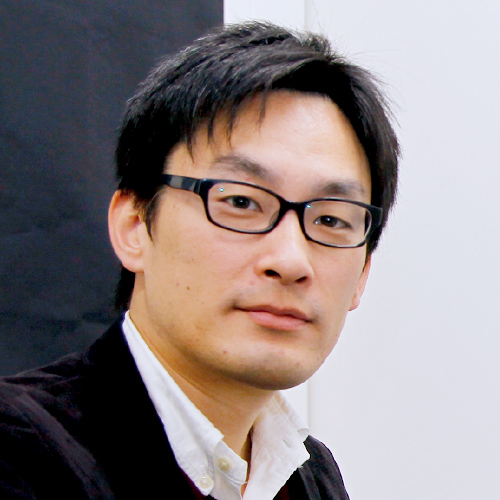
Human sleep
Takashi Abe
-
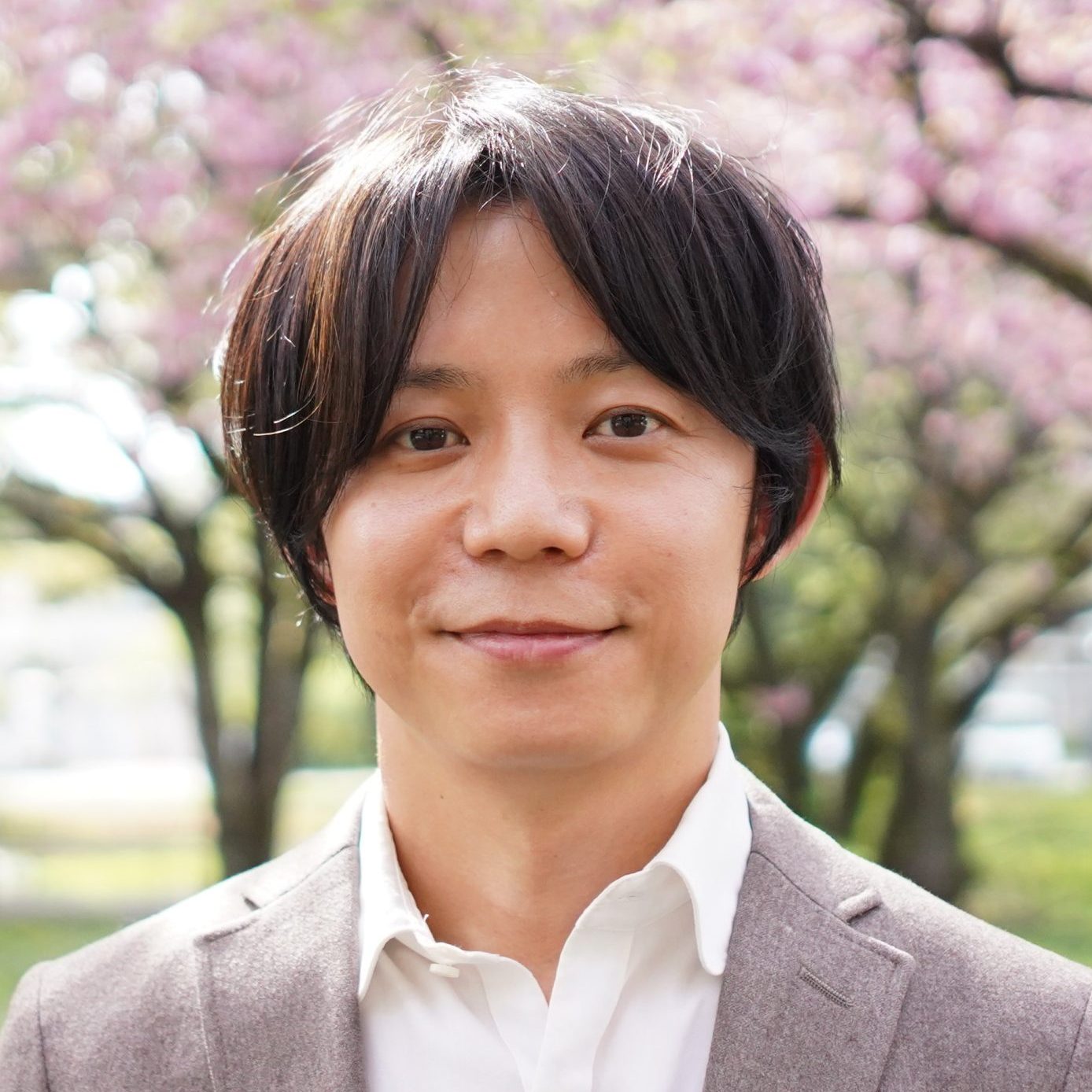
behavioral science
Shun Nakajima
-

Data Science
Hiroyuki Kitagawa
-

Data Science
Shoi Shi
-
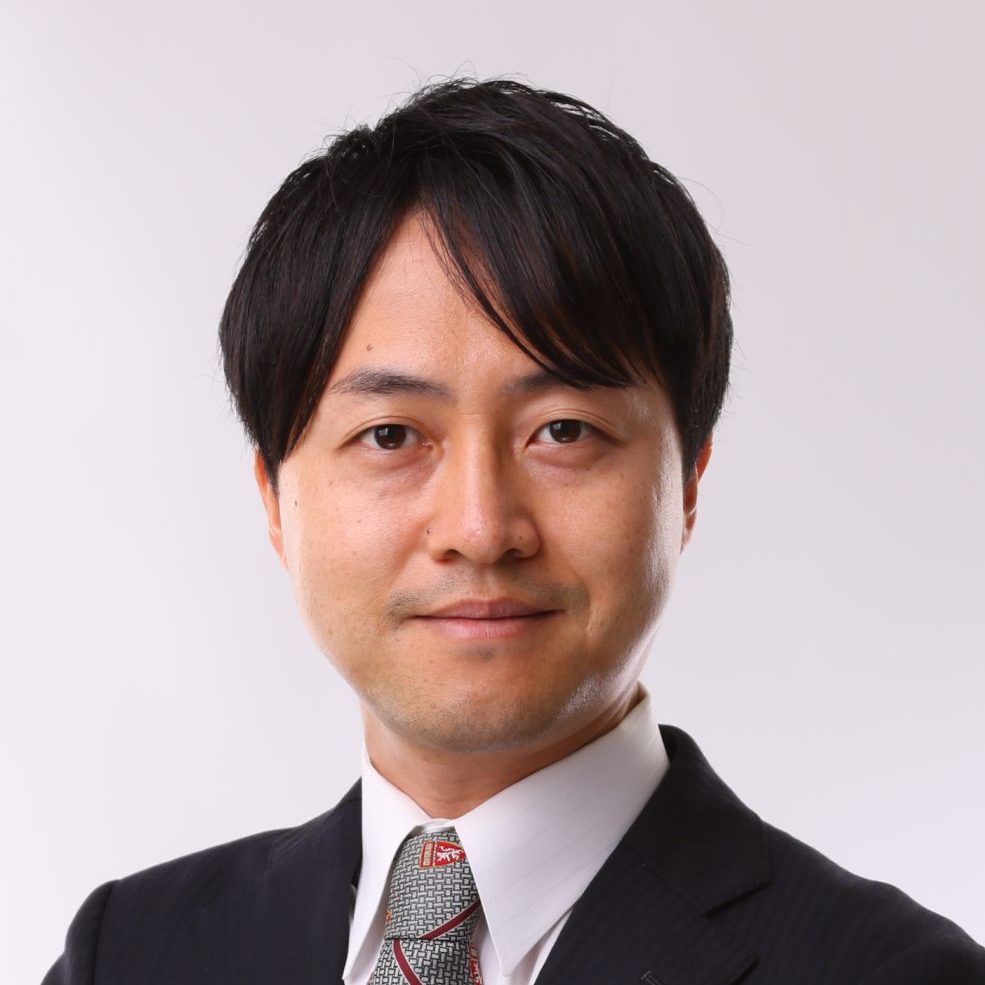
Data Science
Masao Iwagami
